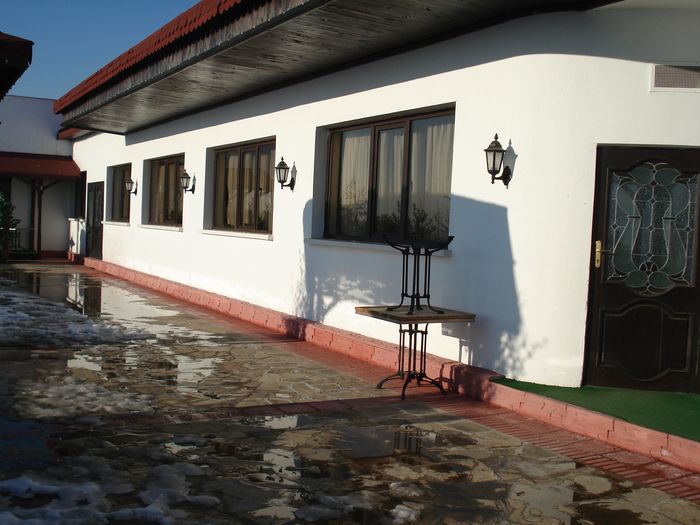The outer entrance of the Golden Gate was not only a strong military structure but also a beautifully decorated monument. It reflected the artistic tastes and classical inspirations of the Byzantine Empire.
Columns and Bas-Reliefs
Two marble columns with elegant capitals stood on either side of the outer gateway, adding to its beauty. On the walls to the north and south, there were twelve marble bas-reliefs—six on each side—arranged in two vertical groups of three. These reliefs showed classical mythological scenes and were framed by pilasters (flat columns), some round and some rectangular Porta Aurea.
Though many of these decorations are damaged or missing today, parts of the marble cornices and pilasters still remain. Descriptions by earlier travelers and scholars like Manuel Chrysolaras, Gyllius, and Sir Thomas Roe give us a good idea of what these reliefs looked like.
Mythological Themes on the Northern Side
The six bas-reliefs on the north of the gate showed scenes from Greek mythology:
Prometheus being tortured for giving fire to mankind
A young man chasing a horse and trying to pull off its rider
A satyr between a woman with a water vessel and a wild man—possibly Hercules with a whip
4–6. Three separate panels showing the Labours of Hercules
These scenes captured struggle, strength, and heroism—values that were important to both Roman and Byzantine rulers Tour Guide Ephesus.
More Refined Art on the Southern Side
The southern panels were considered even more skillfully made. They included:
Endymion sleeping, with a shepherd’s flute, while Selene (moon goddess) and Cupid descend towards him
Hercules leading dogs, perhaps during a hunting scene
Two peasants carrying grapes, a peaceful rural scene
Pegasus with three female figures, one trying to hold him back
The dramatic fall of Phaethon, who lost control of the sun chariot
Hercules with a stag, another legendary hunting moment
A Near Loss to England
Four of these marble panels—two from each side—were once nearly taken to England. This effort was led by Sir Thomas Roe, the English ambassador to the Ottoman Empire from 1621 to 1628. He worked with Mr. Petty, an agent sent by the Earl of Arundel, who wanted to collect ancient artworks for himself and the Duke of Buckingham.
They planned to divide the artworks between the two noblemen. Letters and documents related to this attempt can be found in several sources, including The Negotiations of Sir Thomas Roe (published in 1740), Michaelis’ Ancient Marbles in Great Britain, and Strzygowski’s Monograph on the Golden Gate.
Artistic and Cultural Legacy
These marble carvings are a powerful reminder of the cultural richness of Byzantium, where classical mythology, Roman architecture, and Christian symbolism all came together. The Golden Gate was not just a point of entry to the city—it was also a gateway to imperial power, art, and history.








